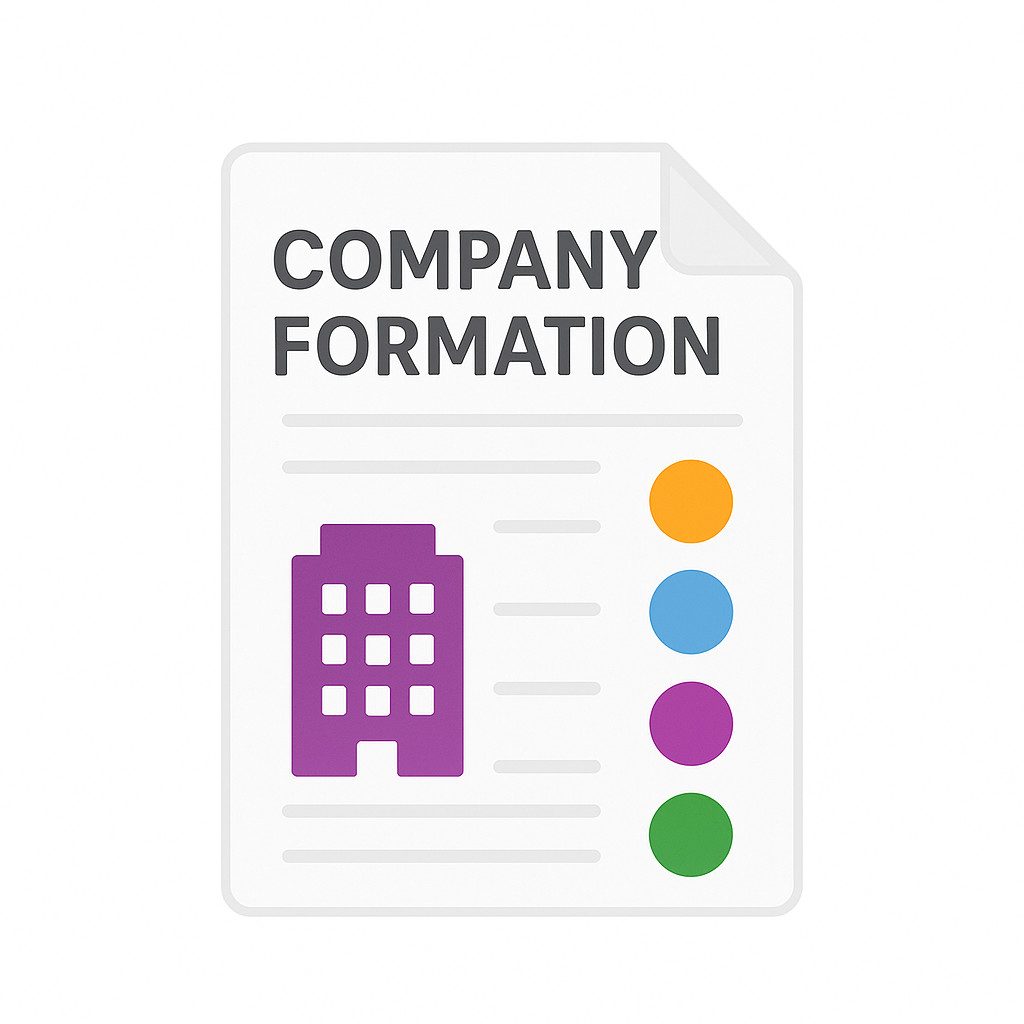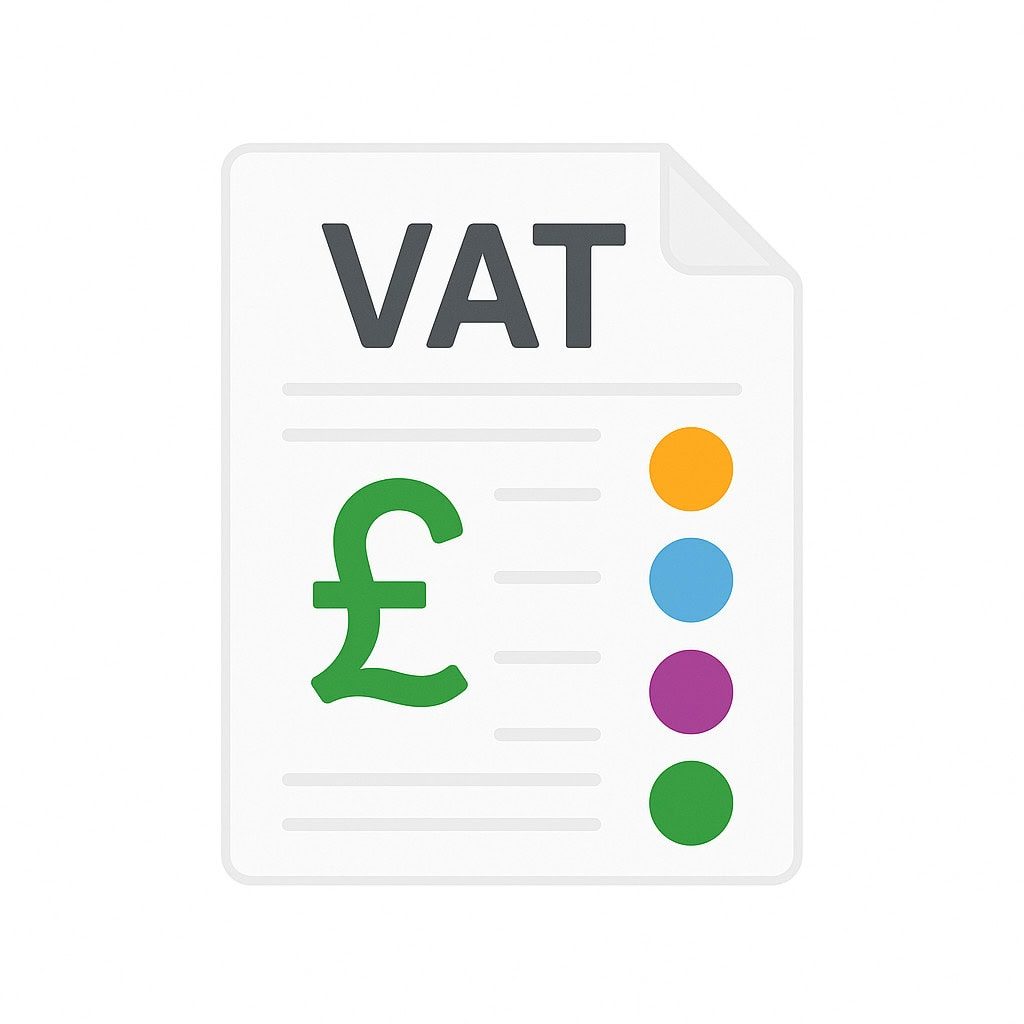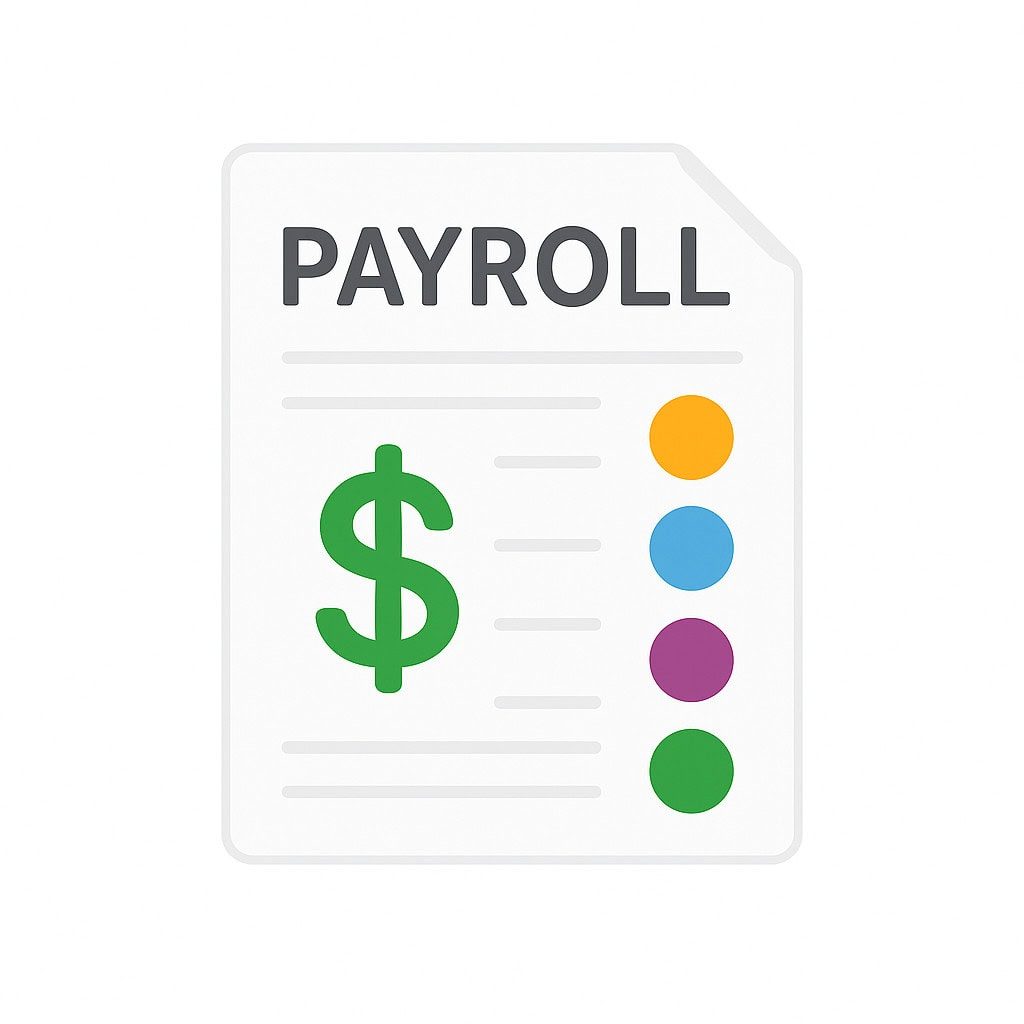Company Formation
If you’re setting up as a limited company, you’ll need to register with Companies House. This process is called incorporation, and it gives your business its own legal identity – separate from you as the owner.
Key steps for company formation include:
- Choosing a unique company name.
- Deciding on company officers (directors and, if applicable, a company secretary).
- Preparing a Memorandum and Articles of Association.
- Registering your company address.
- Filing your application online or via an accountant.
Once approved, Companies House will issue a Certificate of Incorporation, confirming your business is officially registered.
Many entrepreneurs choose to work with a local accountant for this stage. Not only does it ensure all legal requirements are met, but it can also set you up with the right tax structure from day one.

" Graham helped us enormously in our first year of trading as a limited company. He was responsive with advice, and flexible when we needed to talk to ask questions, and this helped us to have confidence that we're doing the right things to manage the financial side of our business. "
Oliver, Director, Cambridge Technical Marketing

VAT Setup
VAT (Value Added Tax) is a tax you must charge on most goods and services if your business’s taxable turnover exceeds £90,000 (2024/25 threshold).
When to register for VAT:
- Mandatory: If your turnover exceeds the threshold in any rolling 12-month period.
- Voluntary: If you want to reclaim VAT on purchases or appear more established to other VAT-registered businesses.
What’s involved in VAT setup:
- Applying online through HMRC.
- Choosing a VAT accounting scheme (Standard, Flat Rate, Cash, or Annual).
- Setting up systems to track VAT on sales (output tax) and purchases (input tax).
VAT registration also requires you to comply with Making Tax Digital (MTD), meaning you’ll need approved accounting software to submit returns.
PAYE Setup
If you’re going to employ staff – even if it’s just yourself as a director taking a salary – you’ll need to set up PAYE (Pay As You Earn) with HMRC. This is the system used to collect income tax and National Insurance contributions from wages.
Setting up PAYE involves:
- Registering as an employer with HMRC.
- Setting up payroll software that can report in Real Time Information (RTI).
- Calculating deductions for tax, NI, and pension contributions.
- Keeping accurate payroll records and issuing payslips.
With its mix of part-time, full-time, and contract staff, getting PAYE right is essential for smooth operations and compliance.


